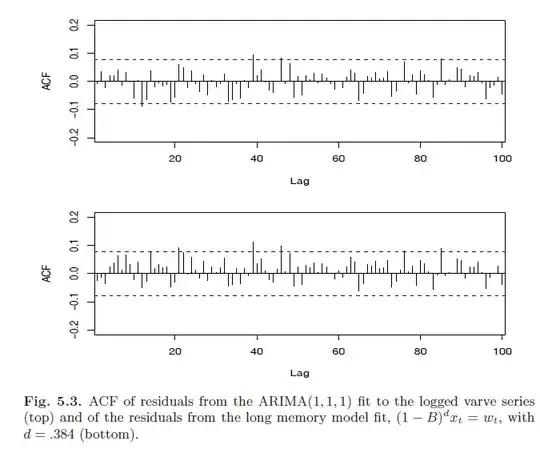For a weekly jury duty there are 50 places for men, and women. The probability of choosing a man, or a woman is equal to 0.5.
Given that:
- The number of men for a random week is a
binomial distribution. H0: The number of men in a jury duty is completely randomWe have a significance level of
0.05.We wish to know for which number of men (
k), theH0is passed?
My answer is:
We have to find k in a way that it satisfy the below statement:
But, i don't know how to obtain the K?
In other words, i am not sure, how many valid Ks can pass H0?

